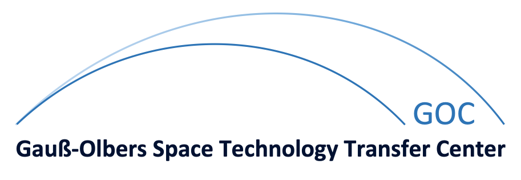| Abstract: |
Link adaptation (LA) matches transmission parameters to conditions on the radio link, and therefore plays a major role in telecommunications. Improving LA is within the requirements for next-generation mobile telecommunication systems, and by refining link adaptation, a higher channel efficiency can be achieved (i.e., an increased data rate thanks to lower required bandwidth). Furthermore, by replacing traditional LA algorithms, radio transmission systems can better adapt themselves to a dynamic environment. There are several drawbacks to current state-of-the-art approaches, including predefined and static decision boundaries or relying on a single, low-dimensional metric. Nowadays, a broadly used approach to handle a variety of related input variables is a neural network (NN). NNs are able to make use of multiple inputs, and when combined with reinforcement learning (RL), the so-called deep reinforcement learning (DRL) approach emerges. Using DRL, more complex parameter relationships can be considered in order to recommend the modulation and coding scheme (MCS) used in LA. Hence, this work examines the potential of DRL and includes experiments on different channels. The main contribution of this work lies in using DRL algorithms for LA, optimized for throughput based on a subcarrier observation matrix and a packet success rate feedback system. We apply Natural Actor-Critic (NAC) and Proximal Policy Optimization (PPO) algorithms on simulated channels with a subsequent feasibility study on a prerecorded real-world channel. Empirical results produced by experiments on the examined channels hint that Deep Reinforcement Learning for Link Adaptation (DRLLA) offers good performance indicated by a promising data rate on the additive white Gaussian noise (AWGN) channel, the non-line-of-sight (NLOS) channel, and a prerecorded real-world channel. No matter the channel impairment, the agent is able to respond to changing signal-to-interference-plus-noise-ratio (SINR) levels, as exhibited by expected changes in the effective data rate. |







